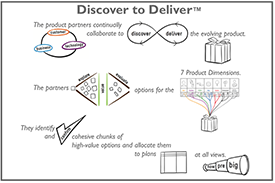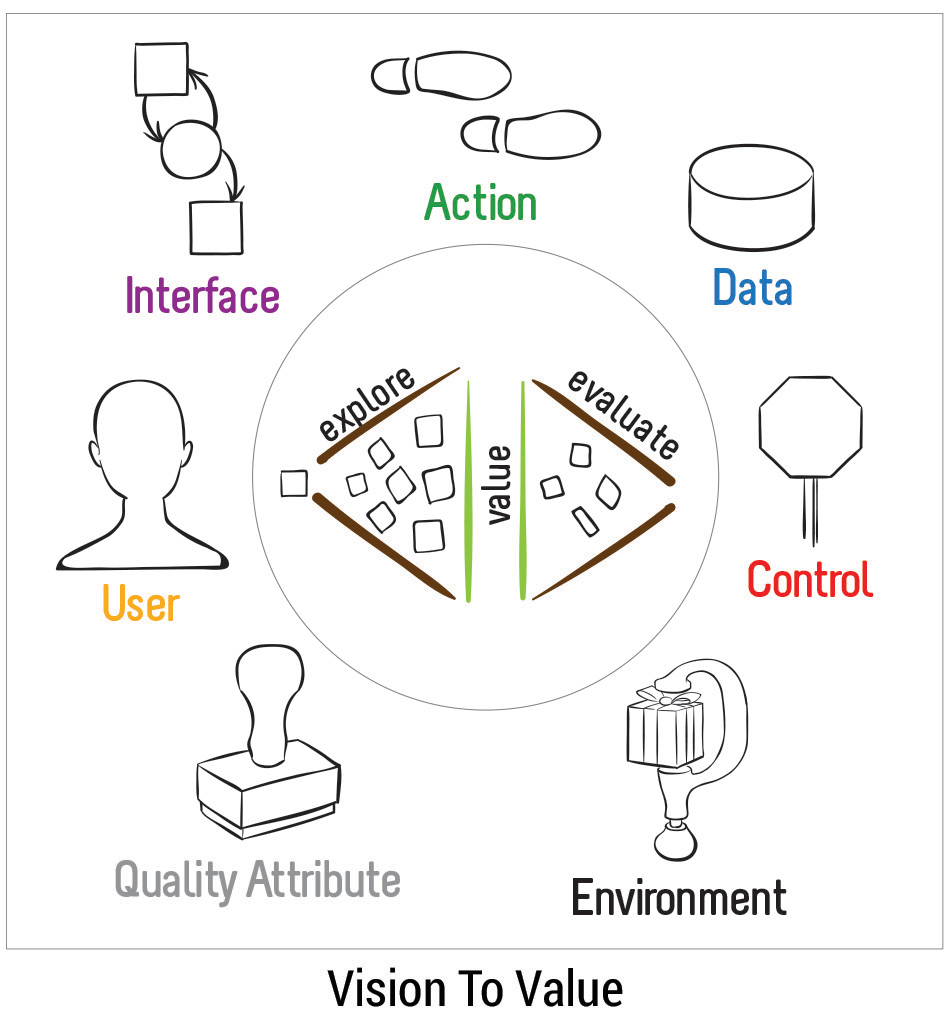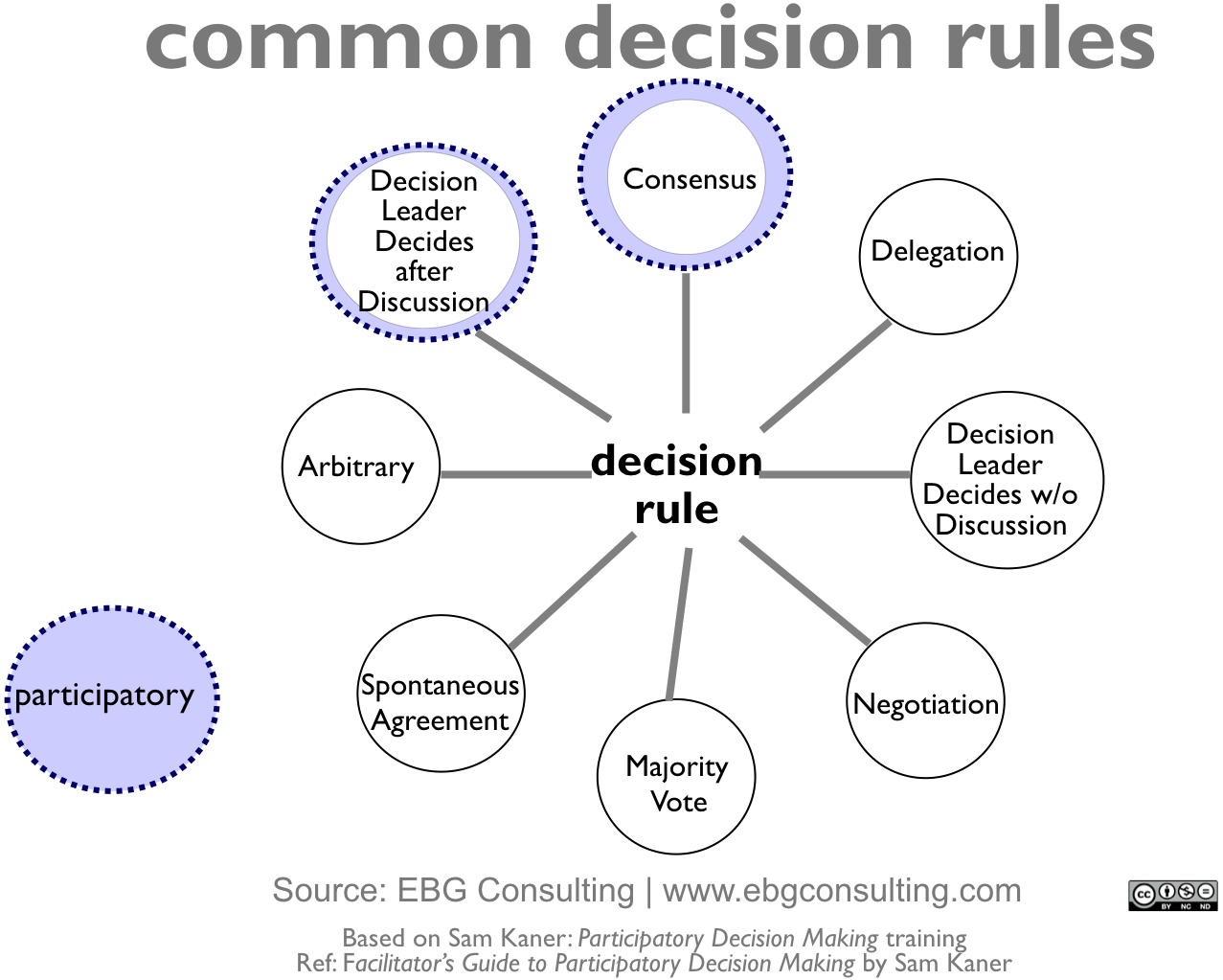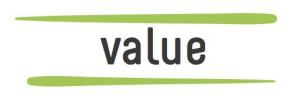Five Ways a Product Owner Can Build Trust

For project teams to work together effectively, team members and stakeholders need trust. Each team member (product managers and owners, leaders, subject matter experts, and technical staff) have different roles and different interests.
As a product owner responsible for defining (and refining) the product backlog, you are expected to juggle a variety of issues including: choosing the most valuable work, meeting deadlines, controlling costs, incorporating bug fixes, addressing technical debt, ensuring quality, and communicating the changes to your users. If that trust breaks down, your product and process will, too. The result may be hidden agendas, rumors, gossip, no shows to standups, whining, or even subversive behavior.
Continue reading


 value sooner, can double your productivity, and builds strong collaboration—the backbone of high performance teams. We find that Product Owners and development teams need advanced skills and training in backlog refinement. With a keen focus on value and conducting Structured Conversations using the 7 Product Dimensions, you greatly improve your ability to go from vision to value.
value sooner, can double your productivity, and builds strong collaboration—the backbone of high performance teams. We find that Product Owners and development teams need advanced skills and training in backlog refinement. With a keen focus on value and conducting Structured Conversations using the 7 Product Dimensions, you greatly improve your ability to go from vision to value.
 Are you headed to Agile 2014 this year? We are—and we are eager to introduce audiences there to our unique approach to agile requirements.
Are you headed to Agile 2014 this year? We are—and we are eager to introduce audiences there to our unique approach to agile requirements.